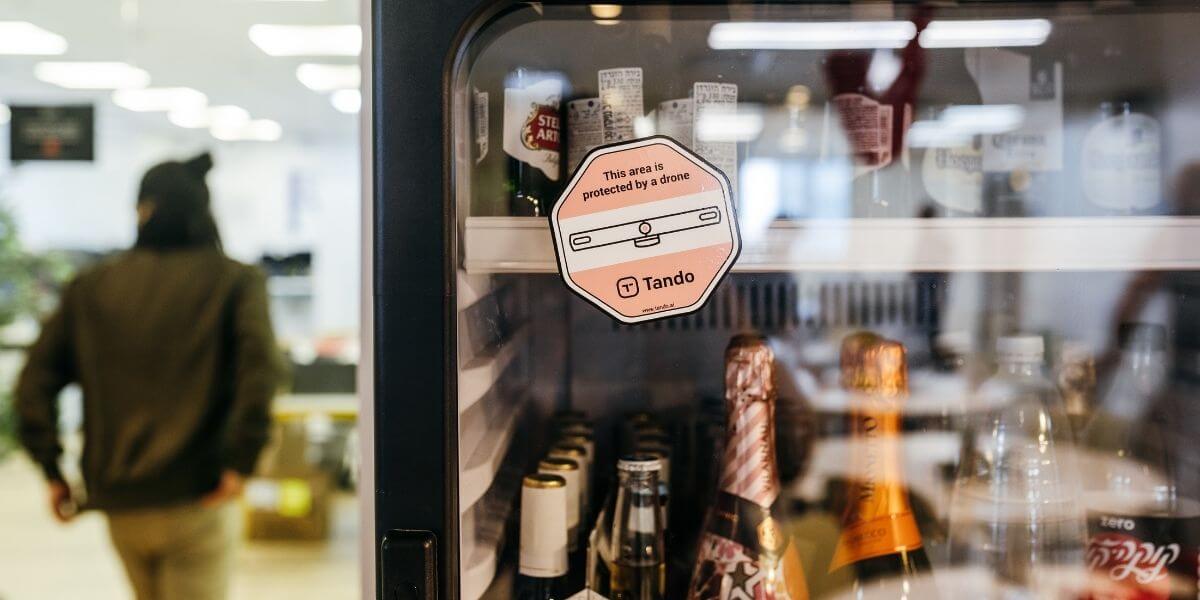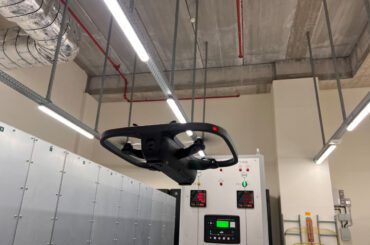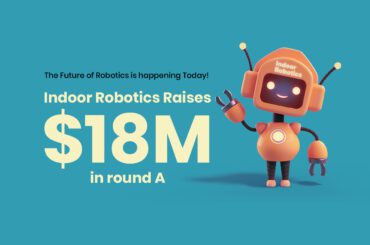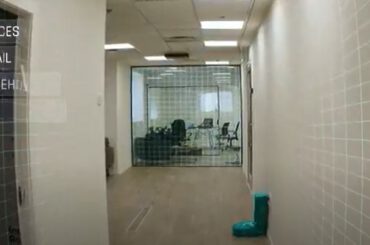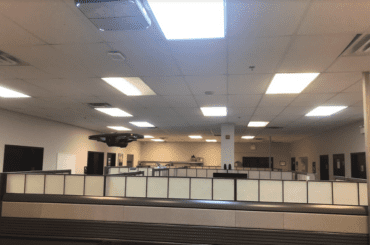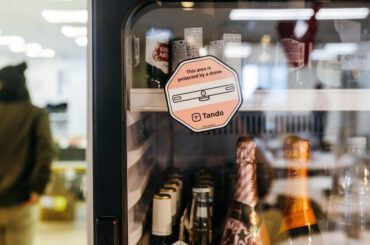Routine indoor site inspections are a critical element in ensuring the safety and the security of office buildings, retail spaces, data centers, and warehouses.
During a site inspection, a location’s most important assets are proactively, methodically checked to ensure that they are in good working order and operating at full capacity. In addition, routine inspections and patrols are carried out to identify security breaches, potential safety hazards and ensure compliance to standards. Inspection routine can vary from several patrols per day, to weekly, monthly and additional ad-hoc patrols.
To deploy inspections efficiently, many businesses are utilizing drones. This means facilities need to opt for one of two routes: autonomous or non-autonomous inspections.
A non-autonomous indoor drone inspection is conducted by a security inspector who pilots a drone device. In this scenario, the inspector has some responsibility for directing the drone but the device can also carry out some missions without the guidance of the inspector (partial autonomy).
A fully autonomous indoor drone inspection, on the other hand, is one in which a flying robot uses artificial intelligence (AI) to plan its flight and can be pre-programmed to carry out missions 24/7/365. Indoor Robotics’ inspection drones, for instance, plan an optimal route for the security and safety check, collect data, report on relevant findings with the help of AI, and then independently return to their docking stations to recharge and get ready for the next mission. Therefore, missions are performed on an ongoing basis without an operator in the loop (complete autonomy).
There are advantages to both autonomous and non-autonomous inspection solutions. Let’s take a look at some pros and cons for each approach.
Non-Autonomous Inspections: Pros
With a human pilot operating the drone remotely, that operator can send a UAV into a dangerous area, like up a chimney or into an air conditioning duct. Once there, the drone can collect visual data about the area without subjecting a human to a dangerous environment.
Using a piloted drone also saves money. Rather than building an enormous scaffolding to inspect a leak on a ceiling, for instance, a drone operator can send the UAV to assess the problem.
Non-Autonomous Inspections: Cons
Cost is the biggest factor. Though semi-autonomous inspections cost less than human-only security and safety checks, they still cost more than fully autonomous inspections.
The reasons are simple. A non-autonomous inspection requires a company to pay a trained drone operator to pilot the UAV and manage data collection. That expertise requires a license, and accredited individuals generally cost more to employ.
A professional drone operator can also cause unexpected production disruptions. For instance, it may be that a certain portion of a facility needs to shut down for a non-autonomous inspection to take place, resulting in lost time and increased expenses.
Autonomous Inspections: Pros
With fully autonomous drone safety inspection, the system is safer and simpler by design. Autonomous drones map the indoor environment using AI, and don’t make mistakes. The system is programmed with strict parameters, and the drone understands its limitations, for example which areas of an industrial facility require inspection and which don’t. As well, using drones for inspections does not require a safety manager to possess licensure or classroom training.
Instead of focusing on how to carry out the planning and logistics of inspection (which areas to investigate and which machines to check) a security manager can focus on the streams of data that requires collection and whether a specific anomaly or risk has been thoroughly assessed.
There are also a number of bottom-line operational advantages for indoor drone security:
- Safety: Human inspectors get hurt on the job; drones do not.
- Cost: Operating a drone costs less than employing a security inspector.
- Rapid response: Drones are docked at facilities, ready to fly on a moment’s notice.
- Security: In addition to inspections, drones can also patrol a facility.
- Frequency: A specific inspection can be carried out any number of times, resulting in the possibility to identify potential issues before they become major problems. Increased frequency of inspections ultimately translates into higher quality inspections.
- No down time: Since autonomous drone inspections do not require a human operator, they can be programmed to run 24/7/365.
Autonomous Inspections: Cons
Autonomous drones can’t do everything (yet). For example, they can’t open a door, use a screwdriver, repair a wall, or fly into a water tank.
Autonomous drones work best in situations where an entity requires ongoing, repetitive inspection of particular locations, rather than unusual or intricately complex missions.
The truth is, there is room in the market for both autonomous and non-autonomous drone inspections. For scheduled and pre-programmed daily missions, an autonomous solution offers significant value and is easier to manage. For one-time or specialized missions, a non-autonomous inspection may be the right solution.
